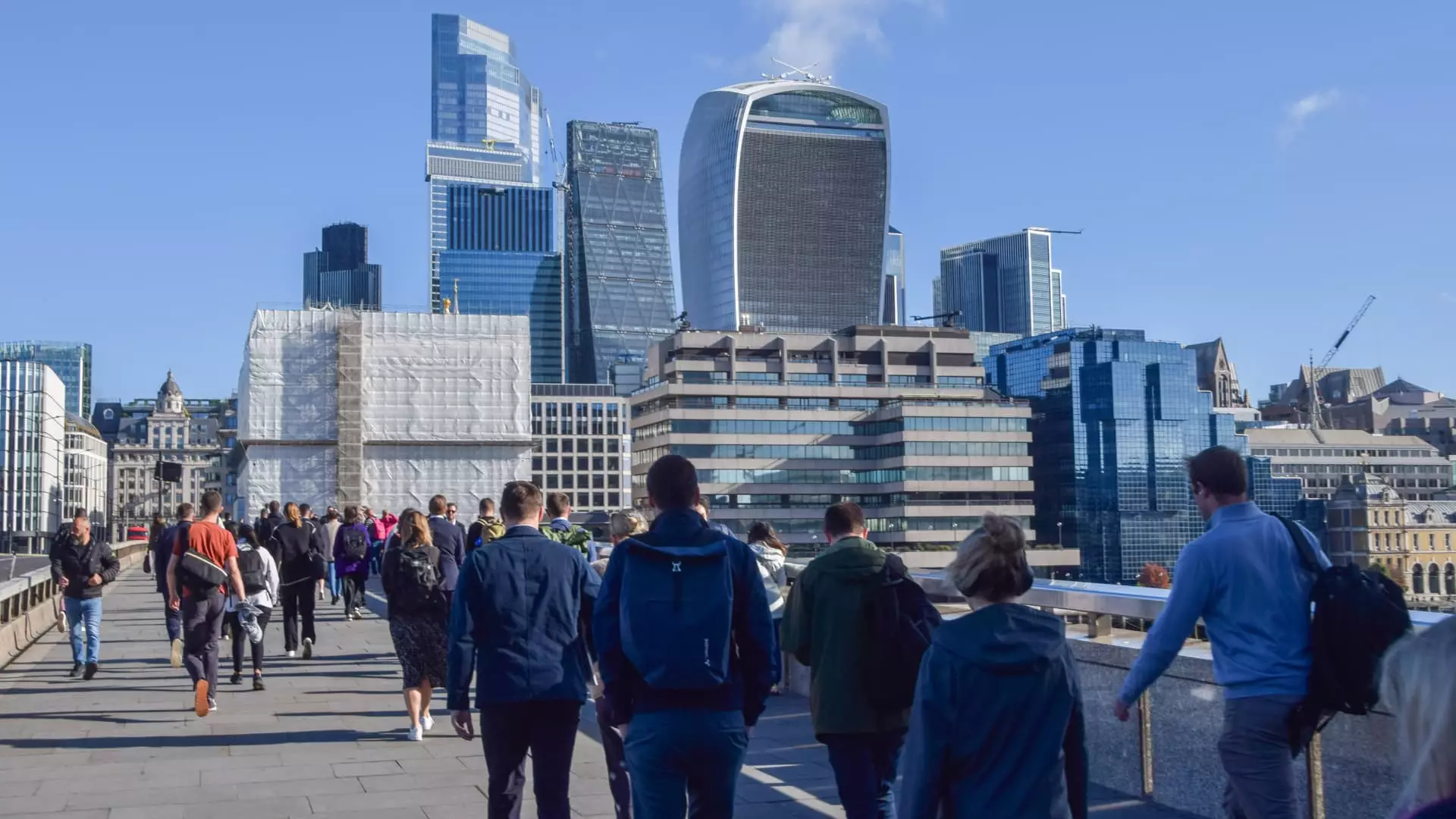In the wake of a sluggish office real estate landscape that has persisted since the pandemic, the U.K. is emerging as a beacon of recovery within Europe’s market. As reported by international real estate consultancy Savills, the first half of 2024 revealed that the U.K. accounted for nearly 30% of total European office transactions, showcasing a significant increase compared to its five-year average. This uptick signals a broader rejuvenation within the sector, particularly as market sentiment begins to shift towards optimism and growth.
The hard figures tell a compelling story. With 4.1 billion euros in office transactions recorded in the first six months of 2024, the U.K. has outperformed both France and Germany, which saw transactions of 1.8 billion euros and 1.7 billion euros, respectively. This sharp increase reflects not only a recovery from the pandemic’s aftermath but also an adaptive real estate landscape that is responding effectively to evolving market needs. Analysts are attributing this surge to a confluence of factors, including lower interest rates and the desire among investors to capitalize on attractive pricing opportunities.
The broader European context, however, remains somewhat challenging. While overall office investment plummeted 21% year-on-year to a mere 14.1 billion euros, the worsening economic backdrop serves only to underscore the significance of the U.K.’s impressive performance. The potential for a rebound is palpable as interest rates are anticipated to decline further, suggesting that the second half of 2024 may witness a resurgence of activity across the continent.
Despite this positive trajectory, the office space landscape in Europe is evolving rapidly. With remote and hybrid work models continuing to reshape the working world, traditional office occupancy rates remain a concern. Data reflects a 17% decrease in office take-up since pre-pandemic levels, highlighting tenants’ hesitancy to expand their physical footprint amidst shifting work expectations. Nevertheless, recent trends indicate a growing appetite for modern office environments, particularly those that feature green building certifications and proximity to local amenities.
The U.K. capital of London has, in many ways, led this evolution. The greater demand for prime office spaces, especially those accounted as Grade A properties, has soared as companies pivot to enhance employee experiences and enhance sustainability. The idea of a “green premium” is increasingly relevant, as companies recognize the value of energy-efficient buildings not just for compliance but as an attractive feature for prospective tenants.
As the market outlook shifts to one filled with cautious optimism, investor sentiment is becoming increasingly favorable. Mike Barnes from Savills noted that the H1 transaction figures may not fully capture the robust sentiment gathering within the industry, hinting at a positive direction for the latter half of 2024. Moreover, emerging trends point towards a growing divide; investors are now more discerning, favoring modern and eco-friendly buildings over older structures, which can exacerbate vacancies in less desirable areas.
The sentiments extend beyond just London; countries such as Ireland and the Netherlands are beginning to show early signs of recovery, reflective of the U.K.’s earlier market movements. Meanwhile, southern European nations like Spain and Italy are recording higher office occupancy rates, emphasizing that the resilience and recovery of the office real estate market can vary markedly across different regions.
The Future of Office Spaces: Trends and Challenges Ahead
Nonetheless, challenges persist. In countries like France and Germany, political uncertainties and slower economic growth continue to stymie recovery efforts, leading to a stark divide in market performance. Analysts express concerns regarding a “gulf in price expectations” as tensions mount between sellers and buyers, rendering these markets slightly more illiquid compared to their U.K. counterpart.
As landlords begin to grasp the importance of quality, adaptability, and sustainability in office leasing, the overarching narrative points to a future dominated by high-quality office spaces increasingly aligned with environmental requirements. The dwindling supply of new office developments only serves to elevate the status of existing premium properties, laying the groundwork for potential growth in rental prices for those meeting contemporary demands.
Ultimately, the U.K.’s robust office market activity amid an otherwise restrained European landscape underscores a critical transformation in the real estate sector. As businesses recalibrate their approaches to workplace solutions, investors must remain agile, targeting properties that align with sustainable practices and tenant demands. The onus now lies on stakeholders to embrace this new paradigm, focusing on flexibility, quality, and environmental responsibility—elements that are likely to drive the future of office real estate, not just in the U.K., but across Europe as a whole.

